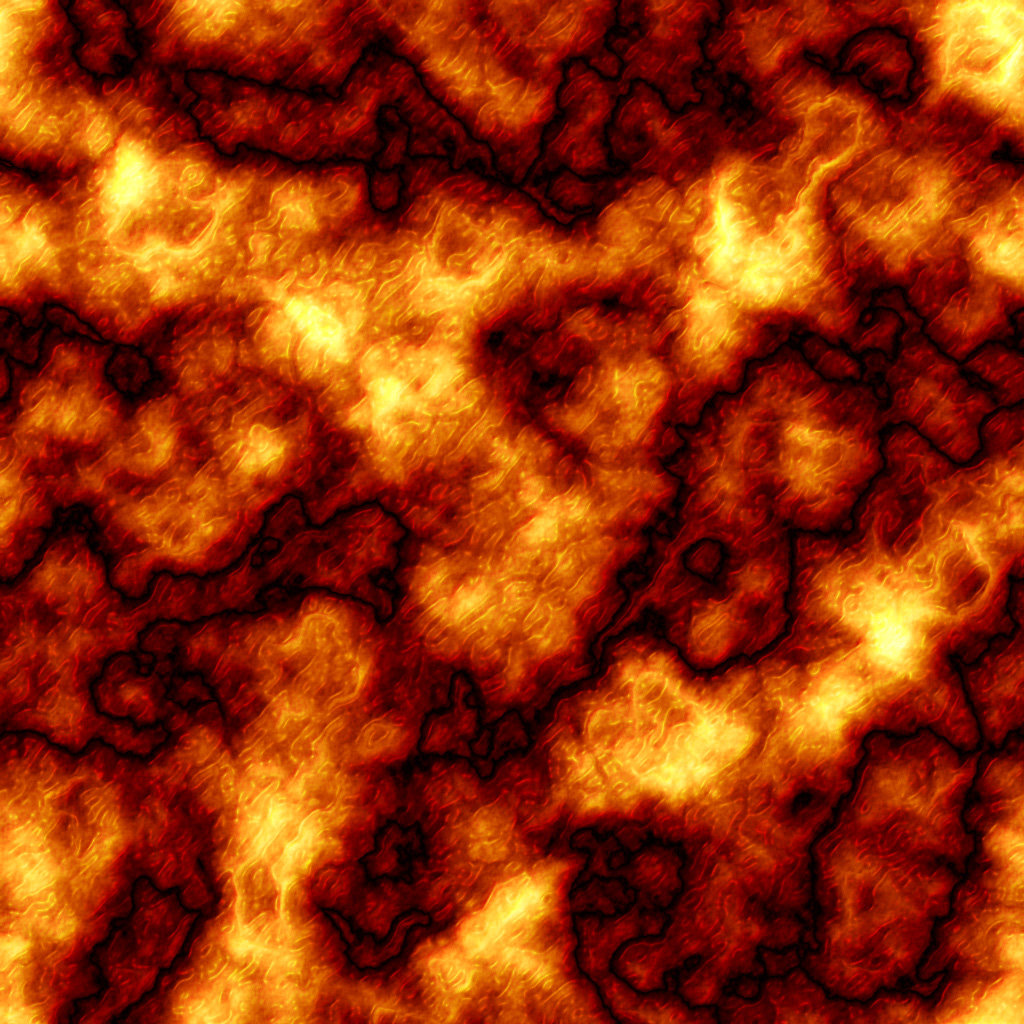These days I was wondering what laptop GPU would be the easiest to maintain / simplest to configure from a laptop POV?
Considering NixOS (I see Nix as gentoo++) or arch.
Onboard Intel/amd? “Discrete” Intel/amd/nvidia?
Would prefer open source but am not Uber passionate (results > means).
Fictional use case is mid tier game development - ray tracing is nice but stability and minimal effort to keep stable while pushing decent amounts shader/polygons is more important vs peak perf/px. No bitbro / artificial guess.
Experiences & recommendos?
The answer is AMD/AMD, regardless of whether you’re going for integrated or discreet. Reasons being stability and performance/price ratio. Stability because AMD’s open-source drivers are excellent and rarely break with updates (not that it doesn’t happen, but the breakage isn’t as frequent as nVidia, statistically speaking). Plus, AMD drivers play better with Wayland compared to nVidia (although in saying that, nVidia has made some significant advancements in Wayland support recently, but may still require some custom variable settings/tweaks).
I am not sure I want to sign this. I went for a full AMD laptop and the APU sucks balls. Up until a few linux versions ago, it would randomly lock up when a lot of video streams were on the screen. So whenever I was in a Google Meet, I could roll a dice if I have to hard-reset the machine or not. That seems to be fixed now, or I was lucky for the last few weeks.
Then when an external dual-monitor setup goes to sleep, waking up completely restarts X11 or Wayland - doesn’t matter which, they are both affected. So whenever I am in the office where I have that setup, I have to remember to disable any energy saving settings, otherwise I lose my open session every time I go for a coffee.
I never had any such problems on my machines with NVidia or Intel. So for integrated graphics, I would prefer Intel over AMD.
Not denying your experience, but the thing with comments like this is that it’s very anecdotal. There’s a lot of variables potentially at play here, ranging from the model of your APU/laptop, the DE you’re using, the display server, the kernel, the distro, the codecs you’ve installed etc, so it’s really hard to place the blame squarely on “AMD”.
But since we’re being anecdotal, I’d also like to say I haven’t experienced any such issues with my AMD laptop + APU. FWIW, here’s my full setup:
- Laptop: Thinkpad Z13 Gen1
- CPU: Ryzen 7 Pro 6850U (Rembrandt / Zen 3+ family)
- iGPU: Radeon 680M (RDNA 2)
- DE: KDE
- Display server: Wayland
- Distro: Nobara
I second this, my all AMD Lenovo ThinkPad is the stablest machine I’ve ever had, even when I’m cooking it by playing some more demanding Steam titles.
I went with a laptop for the flexibility, sometimes I game, sometimes I just want to take my system with me.
In your case, go for a workstation instead.
Which thinkpad did you get? I’m looking at sunsetting my x1 extreme gen 2.
A basic Thinkpad E14 Gen3 with a Ryzen 7 5000.
What I liked about Lenovo is that I could tailor the laptop to my specifications on their site. I could order the machine with Linux pre-installed or with no OS. As I had no intention of sending any money to Microsoft, the value of the “Windows tax” went to doubling the systems’ RAM.
deleted by creator
Laptop and GPU don’t really belong in the same sentence. There are good ones that are integrated or not. But if you are asking about GPUs it’s time to look into a desktop. A laptop will never have a good GPU.
Edit: Saw that you are talking about game development. Yes, it’s desktop time. You will need it.
Idk if I agree with that. The one that’s in my laptop works pretty well. It’s an RTX 3080 Mobile. It’s fairly beefy, and I’m able to run AAA games at max graphics settings at 60+ fps. Sure there are crappy laptops with weak GPUs, but I mean gaming laptops exist and work great in my experience.
Well…maybe. I will say what Apple has done is pretty impressive. A desktop has the power supply to drive energy intensive workloads, however I would rather not do that for … game tinkering, at best. Mobility is a virtue.
Onboard Intel/amd? “Discrete” Intel/amd/nvidia?
I have two laptops of this sort in use currently: One is a more recent AMD (5600H) + Nvidia (3080) and the other is an older Intel (some 10th-gen mobile) + Nvidia (2070). Both combinations work fine without any particular fiddling, apart from installing Nvidia proprietary drivers, on mostly any recent distro.
My use case is general desktop usage, Rust / C development, and occasional Steam-based gaming on these machines. Both laptops run pretty much the same as they did on Windows (GPU-wise). Fedora seems to work the best for me with everything setup nicely out of the box barring non-free stuff required from RPMFusion. On the Intel + Nvidia one, which is my distro-hopping laptop, I have used pretty much all distros without issue as well. Nix is however not included in the list of distros I have tried, but Arch is.
I have an Asus TUF with an iGPU and a discrete nVidia GPU. I did no configuration whatsoever to get the iGPU to work, and simply use prime-run when I need more GPU power (basically, only for Steam and Kdenlive).
I use Arch btw, on Xorg, with the closed-source nVidia driver (I never tried Wayland on this setup).
Pretty much the same setup with KDE wayland, steam games and some games I play through lutris (which are mostly proton enabled) all run well on Nvidia GPU.
Have got an Nvidia quadro in my laptop, Wayland on Nvidia still kinda sucks but if you run the DE on integrated graphics and intensive stuff on the GPU it works a charm
@PuppyOSAndCoffee I have a laptop with an Intel GPU with Iris graphics. Initially it was a huge pain to get it working as the kernel version to support it hadn’t been released yet. However, NixOS gave me enough freedom to set my kernel version to a release candidate that fixed it. Now that they’ve rolled the new kernel into the main nixpkgs the graphics work fine.
And for what it’s worth, my desktop with an nvidia gtx1080 works just fine with NixOS (at least for casual gaming) by allowing it to run unfree software and telling it to use an nvidia driver.
I recently switched away from the Legion 5 15ARH05: AMD APU+NVIDIA. The thing with laptops is that you are at the mercy of the system integrator. They are able to integrate the GPU in weird ways and often do. For me the external monitor wouldn’t work without the proprietary NVIDIA drivers installed. The NVIDIA drivers caused all sorts of problems, from backlight woes to failure to resume from standby (which worked fine without the drivers installed).
If you do go with an NVIDIA machine, go with one that is built for Linux. I switched to an all AMD (I really don’t want to deal with NVIDIA bullshit) System76, but I hear their NVIDIA story is pretty good.
Do not buy a Windows+NVIDIA laptop and put Linux on it - unless you get a glowing recommendation for a specific model.
You should install the open source System76 modules for the best experience (not required): https://github.com/NixOS/nixos-hardware








